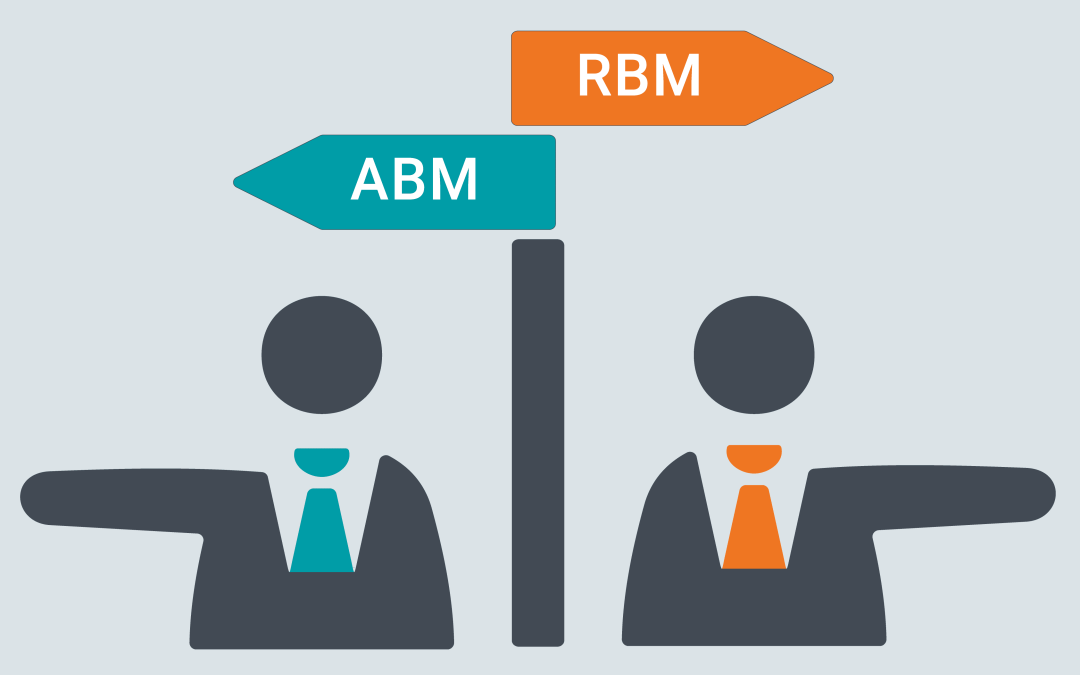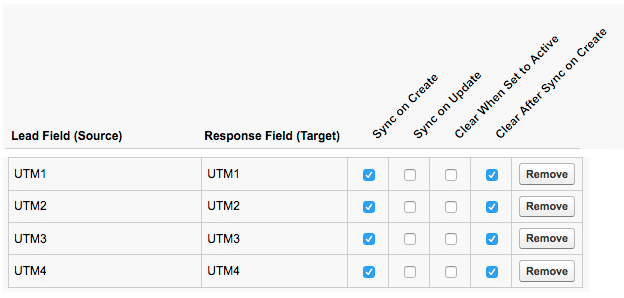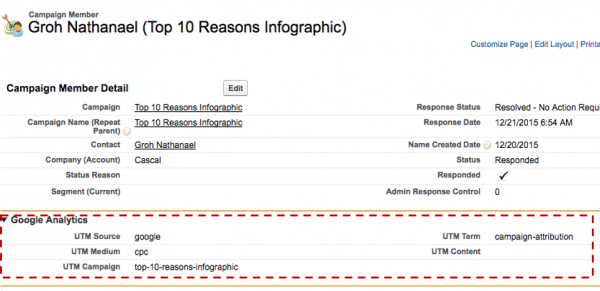
B2B marketers need to be able to figure out which campaign touches drive engagement and, ultimately, conversions and revenue. Attribution models can yield insights that allow marketers to make better spend allocation decisions. Single-touch attribution models like first-touch, last-touch and tipping-point can help marketers better understand lead generation, conversions, and the marketing-to-sales handoff.
Multitouch attribution can also generate important insights on how campaigns impact pipeline and revenue, but it’s critical to avoid mistakes during implantation and to understand the limitations and capabilities of each type of model. Here are five tips that can help you improve your multitouch attribution results.
- Create models that reflect your marketing strategy. It may sound simple, but it’s easy for marketers to get caught up in the different possibilities attribution models offer and miss this basic step. Are you running campaigns to improve the engagement of both new and active leads? If so, consider an even-spread multitouch attribution model that evaluates campaigns across the entire sales cycle. Are you looking to influence prospects later in the sales cycle? Take a look at a time decay attribution model, which gives later touches greater weight.
- Make you understand the business question you’re asking. In addition to aligning the model you choose with the marketing strategy, make sure you understand the business question you’re working to answer. For example, if one campaign strategy is to activate new influencers at top target companies, the business question might be, “What was the lead gen campaign’s impact on pipeline and sales this quarter vs. last quarter?” You’ll need to account for the business question too when setting up reports based on your multi-touch model.
- Apply appropriate reporting parameters. Once you have clarity on the business question you’re asking and choose a model that reflects the marketing strategy, it’s time to apply the right reporting parameters so that your dashboards and reports give you meaningful data. For instance, you might be examining results on a particular date, timeframe, or market segment. Setting the relevant parameters will ensure you get data that is actionable and relevant to the business question you’ve set out to answer with your campaign analysis.
- Combine attribution and funnel metrics to drive efficiency. This holds true for single-touch and multitouch attribution methods: Attribution helps you invest more efficiently, but you’ll also need funnel metrics to drive process efficiency. Also, keep in mind that it’s crucial to use CRM as your data repository because it is the revenue system of record. When you analyze funnel metrics inside the CRM, you can track volume, velocity, and conversion rates and identify any process issues with sales to drive overall efficiency.
- Hold regular meetings with sales and marketing colleagues. Related to the point above, it’s important to make sure everyone is on the same page, and that requires regular meetings with your relevant marketing ops/lead gen colleagues plus the sales/revenue teams that depend on your campaigns to generate business. During meetings, the group should review funnel metrics to identify trends and sticking points, and relevant individuals should take on action items to alleviate bottlenecks as appropriate.
Marketing attribution in general and multitouch attribution specifically will remain key components of B2B campaign measurement because they are essential for efficiency. Without actionable data on campaign performance, marketers can’t invest budget dollars where they produce the best results.
But it’s important to keep in mind that attribution is one-half of the efficiency equation. Funnel metrics matter too. When you can track both inside the CRM, you’ll be able to drive efficiency across the board and in even collaboration with your sales team.

Evaluating Marketing Costs on Force.com
If there is commercial software available that solves even part of a problem you are facing, it is almost always far less expensive to purchase the solution than to build one yourself. Every software vendor, no matter what the application, will occasionally hear from...

UTM Basics & Practices for B2B Marketers
If you are looking to measure the success of your digital campaigns, consider utilizing Digital Source Tracker as an optimal option to the method detailed below. Digital Source Tracker provides tracking of digital touches, organic traffic, and other types of referral...

All Business is Personal & Political
As I’m traveling to the Forrester B2B Marketing conference today I can’t seem to get a break from the presidential contest. Of course the event is being held at the Trump National Doral Miami and heading through George Bush International Airport in Houston,...

Connecting The Dots Between ABM and RBM
So much has been written about Account-Based Marketing (ABM) that writing yet another blog post on the topic seems completely unoriginal. Having said that, there’s a particular angle that hasn’t had much airplay. Simply put, ABM is not a panacea for all of marketing’s...
ABM Reporting Package & Next Release Details
New solutions extend Full Circle Insights’ current Account-Based Marketing capabilities SAN MATEO, Calif. — September 28, 2016 /PRNewswire/ — Full Circle Insights, Inc., makers of comprehensive marketing performance measurement solutions, today made available...

Salesforce Data Quality From Employees
As you already know, Salesforce has the potential to quickly and easily bring together company data, providing a single source of data for operations, marketing, and sales. This, in turn, enables better forecasts, analysis, and decisions. Unfortunately, while...

An Exciting Time to be a Salesforce Partner!
With today’s release of the IDC Salesforce Economy study, I thought this would be a good time to reflect on my first 3 months working as the Partner Manager of our Salesforce relationship at Full Circle Insights, an ISV partner within the Salesforce ecosystem. When I...

ABM vs. RBM … or is it really ABM and RBM?
Account-Based Marketing (ABM) is much more than a new buzzword for marketers. It’s a set of ideas that allows marketing teams to align even more closely with sales and better support a company’s go-to-market activities. Account-based marketing combined with...

Tracking UTM Parameters Salesforce: Part 3
If you are looking to measure the success of your digital campaigns, consider utilizing Digital Source Tracker as an optimal option to the method detailed below. Digital Source Tracker provides tracking of digital touches, organic traffic, and other types of referral...

Tracking UTM Parameters Salesforce: Part 2
If you are looking to measure the success of your digital campaigns, consider utilizing Digital Source Tracker as an optimal option to the method detailed below. Digital Source Tracker provides tracking of digital touches, organic traffic, and other types of referral...




